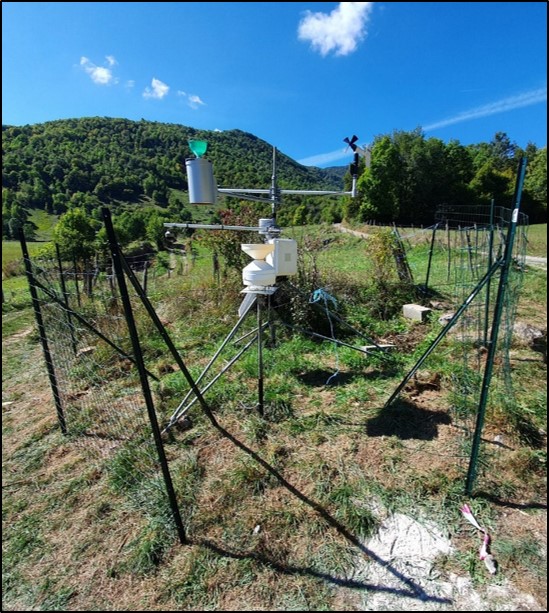contact us
Coordination : Hervé Jourde / Naomi Mazzilli
Data Base : Juliette Fabre
After establishment of the site, hydrometric monitoring was installed immediately upstream of the principal perennial outlet (Las Hountas), thus controlling all flows from this drainage basin. This reference station has been continuously active; as a result, a continuous record of average daily discharges is available, without gaps since April 1968. In addition, since December 1996, discharges have also been measured at 30 minute steps.
But it is especially in the conceptual plan that Baget constitutes a preferred tool. This system has in effect made it possible to propose a multidisciplinary approach to karst based not only on chemical, isotopic, hydrothermal, and biologic monitoring of numerous flood events, but also on records of water temperature and conductivity for more than 10 years. In addition, complete chemical analysis of groundwater has been conducted for 20 years. Scientific productivity including 13 dissertations and general treatises and 104 publications have resulted from the monitoring of this drainage basin. For this the reason, it was listed among the 15 French Experimental Research Drainage Basins proposed by CEMAGREF at the beginning of the 1990s and it has been a part of the European inventory of the ICARE program. Like other SNO KARST sites, it is part of the national network of Drainage Basins, an approved network that serves as an observatory for the study of various domains of ecology.


This site was chosen for its location in the northern Pyrenees zone, its moderate altitude (min. 498m, mean 923m, and max 1417m), its homogeneous lithology, simple geologic structure, presence of over-flows, manholes into the saturated zone, and sinkholes (ponors) in contact with impermeable rock units. Its accessibility makes it possible to conduct rigorous and efficient monitoring of multiple parameters and to carry out various experiments.